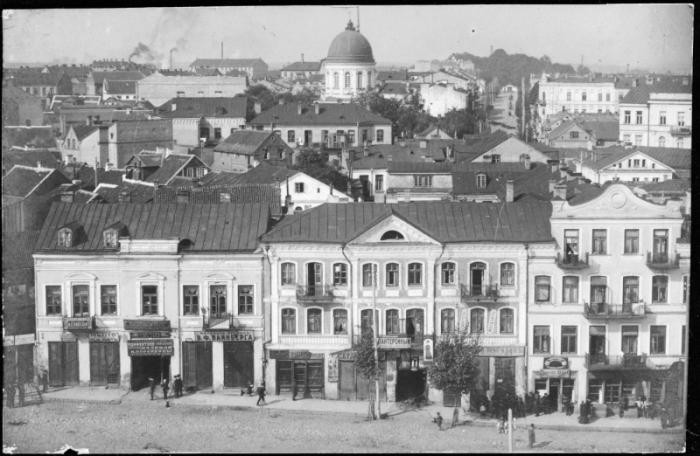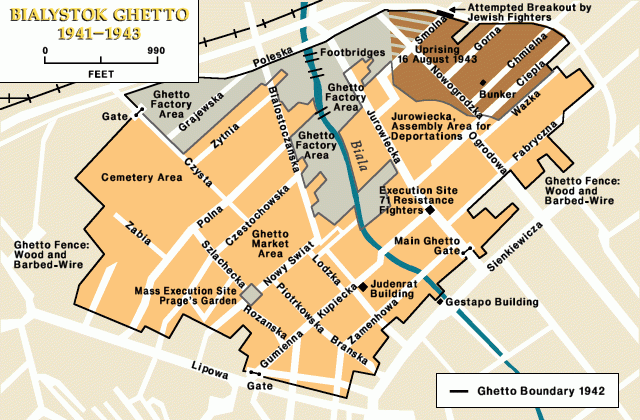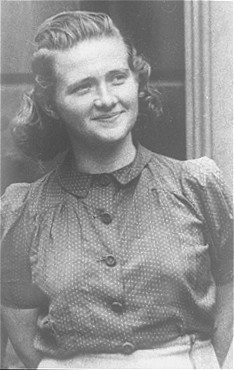
Bialystok
Soviet and German Occupation of Bialystok
According to the terms of the German-Soviet Pact of 1939, Bialystok, a city in northeastern Poland, was assigned to the Soviet zone of occupation. Soviet forces entered Bialystok in September 1939, and held it until the German army occupied the city in June 1941 following the German invasion of the Soviet Union.
In the early days of the German occupation, Einsatzgruppe detachments and Order Police battalions rounded up and killed thousands of Jews in Bialystok.
Establishment of a Ghetto in Bialystok
In August 1941, the Germans ordered the establishment of a ghetto in Bialystok. About 50,000 Jews from the city and the surrounding region were confined in a small area of Bialystok city.

The ghetto had two sections, divided by the Biala River. Most Jews in the Bialystok ghetto worked in forced-labor projects, primarily in large textile factories located within the ghetto boundaries. The Germans also sometimes used Jews in forced-labor projects outside the ghetto.
Deportations from Bialystok to Treblinka
In February 1943, approximately 10,000 Bialystok Jews were deported to the Treblinka killing center. During the deportations, hundreds of Jews, mainly those deemed too weak or sick to travel, were killed.
In August 1943, the Germans mounted an operation to destroy the Bialystok ghetto. German forces and local police auxiliaries surrounded the ghetto and began to round up Jews systematically for deportation to the Treblinka killing center. Approximately 7,600 Jews were held in a central transit camp in the city before deportation to Treblinka. Those deemed fit to work were sent to the Majdanek camp. In Majdanek, after another screening for ability to work, they were transported to the Poniatowa, Blizyn, or Auschwitz camps. Those deemed too weak to work were murdered at Majdanek. More than 1,000 Jewish children were sent first to the Theresienstadt ghetto in Bohemia, and then to Auschwitz-Birkenau, where they were killed.
Uprising

During the August 1943 deportations, when all hope for survival within the ghetto was abandoned, the Bialystok ghetto underground staged an uprising against the Germans. In an unsuccessful attempt to break out of the ghetto and join partisans in the nearby forests, armed Jews attacked German forces near the ghetto fence along Smolna Street. The fighting in the northeastern section of the ghetto lasted for five days; hundreds of Jews died in this battle. Seventy-one Jewish fighters were killed after being discovered in a bunker and captured by the Germans. More than a hundred Jews managed to escape from the ghetto and join partisan groups in the Bialystok area.
Liberation
The Soviet army drove the Germans out of Bialystok in July 1944.
Critical Thinking Questions
- Investigate the life in the Jewish community in Bialystok before World War II.
- How did the Jews attempt to survive and maintain their community integrity and identity as conditions in the ghetto deteriorated?
- What pressures and motivations may have influenced the Jews’ decisions to fight back?
- Are these factors unique to this history or universal?

